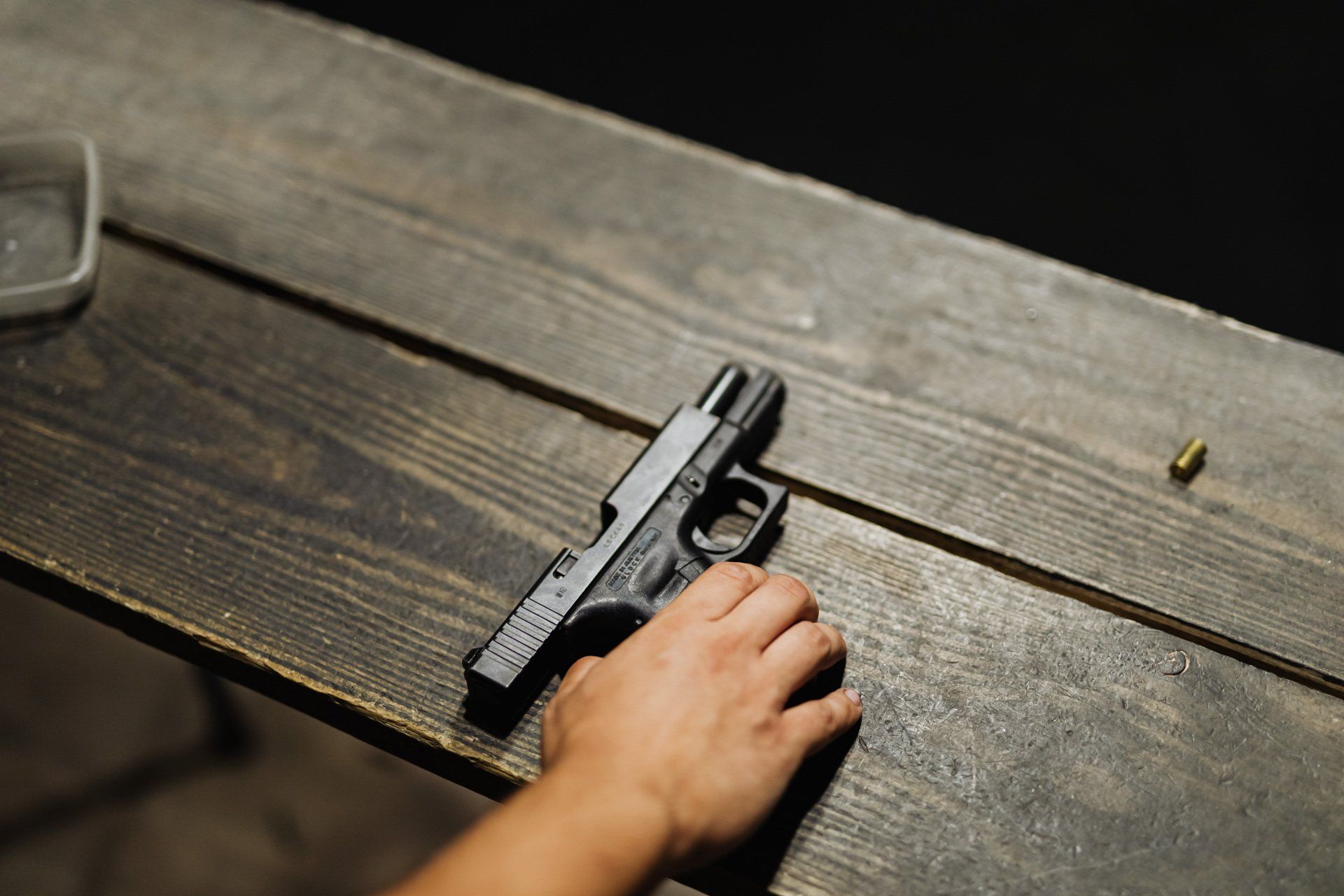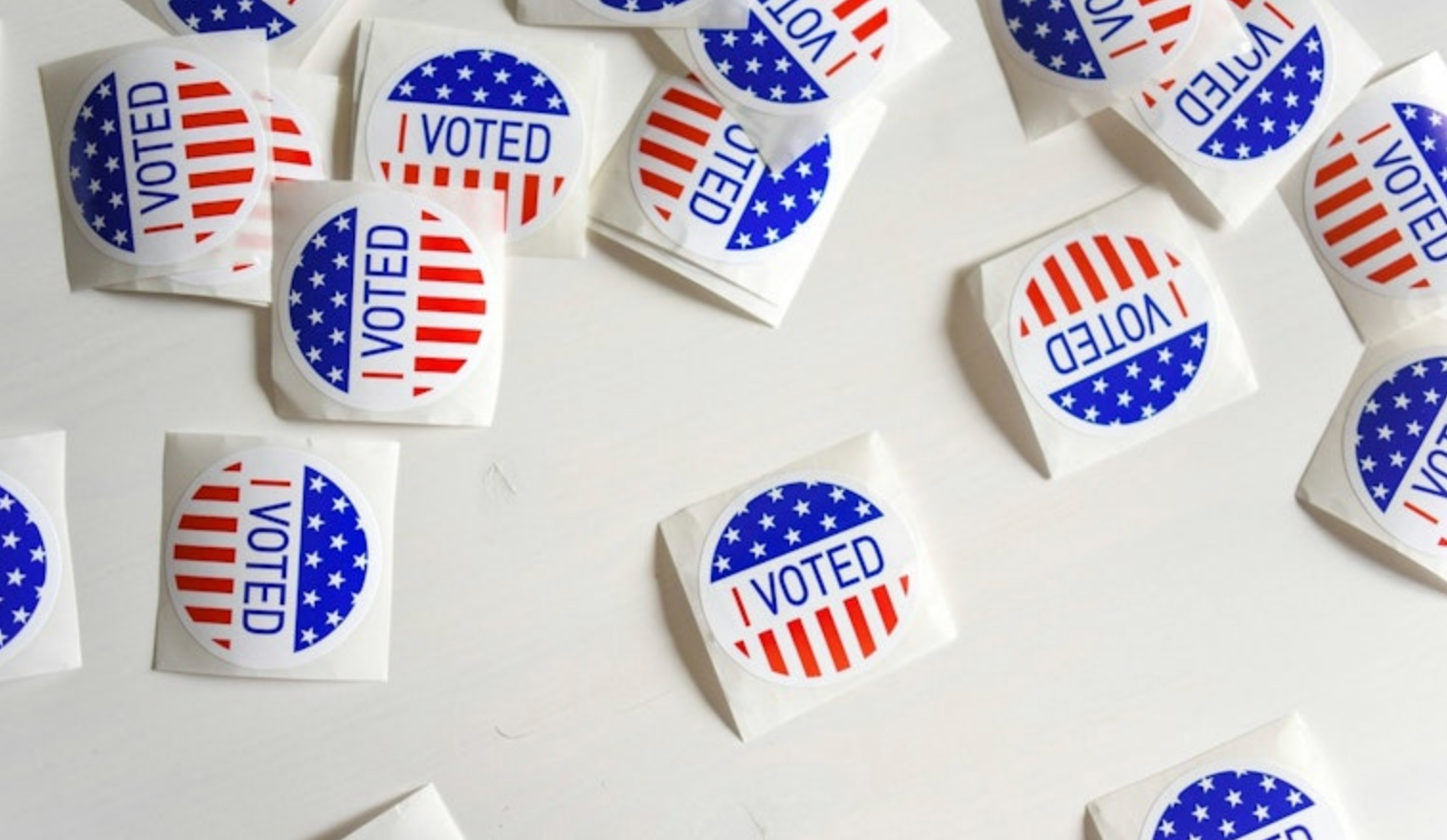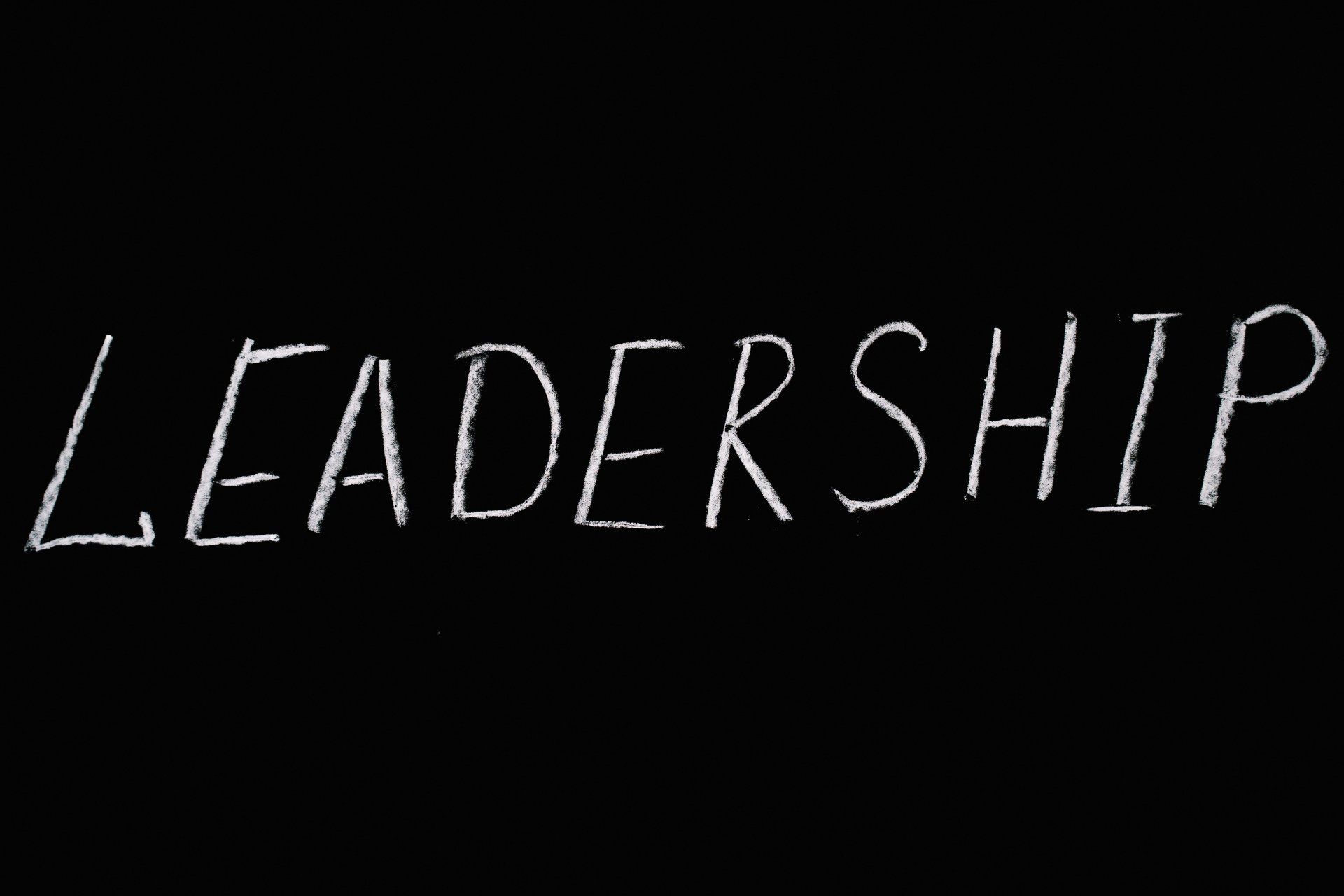Gun Control and Local Government
Can local government have an impact on gun control?

Gun control remains one of the most contentious debates in the United States. While the federal government plays a prominent role in dictating firearms-related policies, local governments often find themselves at the frontline, trying to curb gun violence in their communities. Yet, their efforts frequently face hurdles, both legal and political. This article explores the challenges that local administrations encounter when they seek to enact gun control measures.
1. Preemption Laws: One of the primary obstacles to local gun control initiatives are state preemption laws. These laws prohibit local governments from enacting firearms regulations that are stricter than those imposed by the state. By ensuring uniformity in gun laws across a state, these laws also inadvertently stifle the efforts of individual municipalities that wish to adopt stronger regulations based on their unique circumstances.
2. Legal Challenges: Even in the absence of preemption laws, local gun control ordinances are vulnerable to lawsuits. Gun rights advocates, firearm industry stakeholders, and individual gun owners can challenge these ordinances in court, arguing that they infringe upon their Second Amendment rights. Such legal battles not only delay the implementation of these policies but also consume valuable resources and time.
3. Political Backlash: Gun control is a polarizing issue, and local officials advocating for stricter regulations often face intense political opposition. This opposition can manifest in various forms – from vocal community members attending city council meetings to threats of recalls or election challenges. Local leaders, especially in areas with strong gun culture, might think twice before pursuing gun control initiatives, fearing political repercussions.
4. Resource Limitations: Local governments typically operate with limited budgets and resources. Implementing and enforcing gun control measures, especially innovative or unconventional ones, requires funds, personnel, and infrastructure. Without adequate state or federal support, local administrations might struggle to uphold these policies effectively.
5. Cultural and Social Factors: The United States boasts a deeply ingrained gun culture. In many regions, firearms are seen as symbols of freedom, self-reliance, and heritage. Local governments in these areas face the daunting task of reconciling their gun control ambitions with the prevailing cultural ethos. Efforts to impose restrictions might be viewed as not only an infringement on rights but also an affront to local identity and values.
6. Lack of Comprehensive Data: For policymakers to craft effective gun control measures, they need accurate and comprehensive data on gun-related incidents. However, restrictions on gun violence research and the absence of a centralized firearm database make it challenging for local governments to access the data they require. Without this, they are often shooting in the dark, metaphorically speaking, when creating policies.
7. Jurisdictional Issues: Even if a local government succeeds in implementing a robust gun control measure, the mobility of individuals across municipal and state boundaries can render these efforts less effective. For instance, a person could easily purchase a firearm in a neighboring town or state with lax regulations and then bring it into a more restrictive jurisdiction.
In conclusion, while local governments are at the heart of their communities and often witness the direct impact of gun violence, their efforts to address this issue face a multitude of challenges. For meaningful change to occur, collaboration between local, state, and federal entities is crucial. Only with unified efforts can the complex web of gun control issues be effectively addressed, ensuring safer communities for all.










